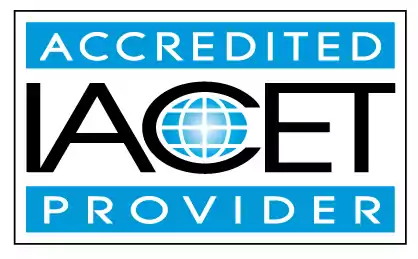Define resilience and identify ways it helps young children overcome toxic stressors.
This page aims to define resilience and explore its role in helping young children overcome toxic stressors. Additionally, it provides valuable insights into common interaction strategies that promote a positive classroom environment for young children. Ideal for early childhood education and child care centers.Trainings incorporating this outcome
CDA Subject Areas
Proficiency Level
Topic Areas
120 hours courses
45 hours courses
32 hours courses
30 hours courses
24 hours courses
16 hours courses
5 hours courses
4 hours courses
3 hours courses
Related Outcomes
- Identify common interaction strategies to help promote a positive classroom environment for young children.
- Identify strategies for the child care provider that will promote successful child development. Identify strategies for working with children with special needs
- Participants will be able to identify resources to help children discover, learn, and experience in a natural play environment.
- Define and identify common signs and behaviors of children and youth with Autism Spectrum Disorder.
- Identify the importance of math instruction with young children.
- Define and identify common signs and behaviors of children and youth with conduct disorder.
- Define self-esteem and identify issues and strategies for support of school age children.
- Identify the stages of second language development in young children and how to partner with families.
- Identify resources to help children discover, learn, and experience in a natural play environment.
- Identify ways to support children’s development using the arts.
- Define and identify common signs and behaviors of children and youth with anxiety.
- Define and identify common signs and behaviors of children and youth with cerebral palsy.
- Define and identify common signs and behaviors of children and youth with developmental disabilities.
- Define and identify common signs and behaviors of children and youth with hearing loss.
- Identify ways to help parents and infants/toddlers handle separation and attachment.
- Define and identify common signs and behaviors of children and youth with fragile x syndrome.
- Identify different learning styles of young children
- Give examples of strategies caregivers can teach young children to cope with grief in healthy ways.
- Identify ways to help parents and infants/toddlers handle separation and attachment
- Define and identify the components of developmentally appropriate practice for children aged 2 to 5.
Related Articles
- Bursting the Ego Bubble: Creative ways of Developing Healthy Ego in Children
- Helping Georgia's Children
- How to Foster a Growth Mindset in Young Children
- Identifying Developmental Milestones in Children
- FREE Thanksgiving Lacing Cards: Developing Fine Motor Skills in Young Children
- Water Safety for Toddlers and Young Children
- Supporting Social Relationships Among Young Children
- Funny anecdotes and advice for helping children navigate holiday stress and overstimulation
- Teaching science to young children
- Promoting Positive Behavior in Young Children
- Fostering Resilience in Children: A Key Role for Child Care Providers
- Teaching Math to Young Children
- Become a super hero for young children
- One in five children is overweight or obese by age 6. You can help.
- Frosty Fun: Trauma-Informed Play for Resilient Young Learners
- Little Zen Masters: Ways to Incorporate Mindfulness into Play to Help Navigate Emotions
- How to Promote Healthy Eating Habits in Young Children
- Trauma-Sensitive Care: Supporting Young Children with Empathy
- Nurturing Kindness: Fostering Prosocial Behavior in Young Children
- Traumatic Brain Injuries in Infants and Young Children
 12 CEUs
12 CEUs